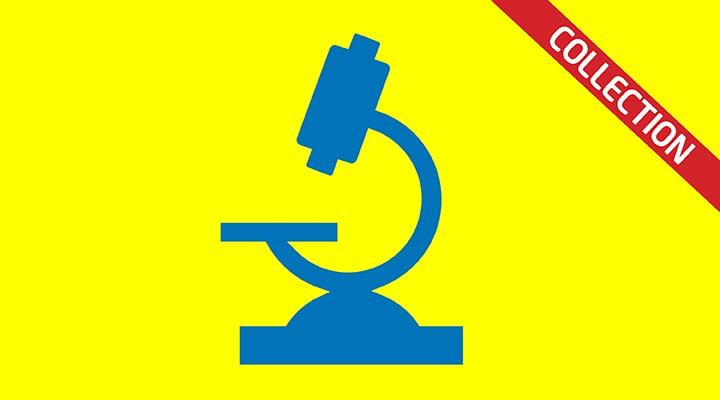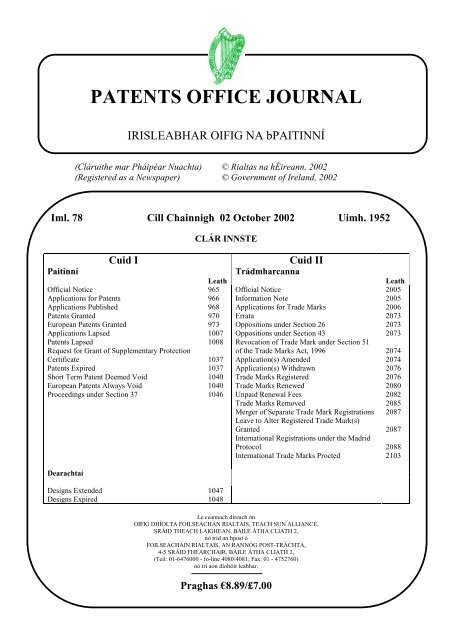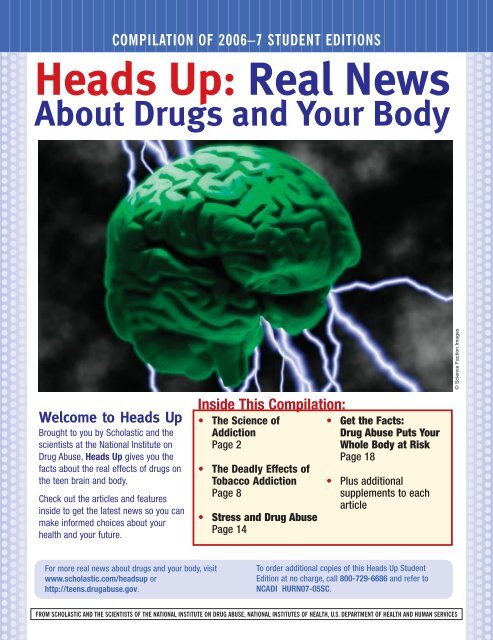

(Think of it this way: One of the heaviest statues in the United States, the Statue of Liberty, weighs 225 tons.) Worldwide, we’ve produced a staggering 9.2 billion tons of plastic since the 1950s. And all that plastic-much of it used only once-has added up. And those pieces will stick around for hundreds or perhaps even thousands of years.įor decades, people have sipped from plastic straws and toted groceries in plastic bags without a second thought. Instead, it breaks down into very small pieces over time.

This can have an impact on the whole food chain.But the very qualities that make plastic so useful to us also make it incredibly dangerous to the environment. Those chemicals can harm the seabirds, turtles, and fish that accidentally swallow them. Even these tiny bits of plastic contain chemicals. In the ocean, sunlight and waves often break down plastic into much smaller pieces. It’s not just big pieces of plastic that can be dangerous, though. That included plastic bags, fishing nets, and even a plastic drum. Scientists found that it had eaten 64 pounds of plastic trash. Last year, a dead sperm whale washed ashore in Spain. When plastic waste ends up in the ocean, the results can be tragic. Experts can only guess how long that plastic takes to decompose, or break down. What happens to all the plastic we throw away? Only about 9 percent of it gets recycled.

He is a scientist who studies the effects of plastic on marine life. “It affects not just the individual animals that eat plastic but the animals that eat those animals,” says Matthew Savoca. This can have an impact on the whole food chain. Even these tiny bits of plastic contain chemicals that can harm the seabirds, turtles, and fish that accidentally swallow them. In the ocean, sunlight and waves often break down plastic into much smaller pieces, called microplastics. Scientists found that it had eaten 64 pounds of plastic trash, including plastic bags, fishing nets, and even a plastic drum.

Rain and wind carry plastic bags, bottles, and other debris into storm drains or rivers that flow to the ocean. Instead, it becomes litter on the street. It may take centuries.īut a lot of plastic trash never makes it to landfills. Most of the rest ends up in landfills, where it’s buried under layers of dirt.


 0 kommentar(er)
0 kommentar(er)
